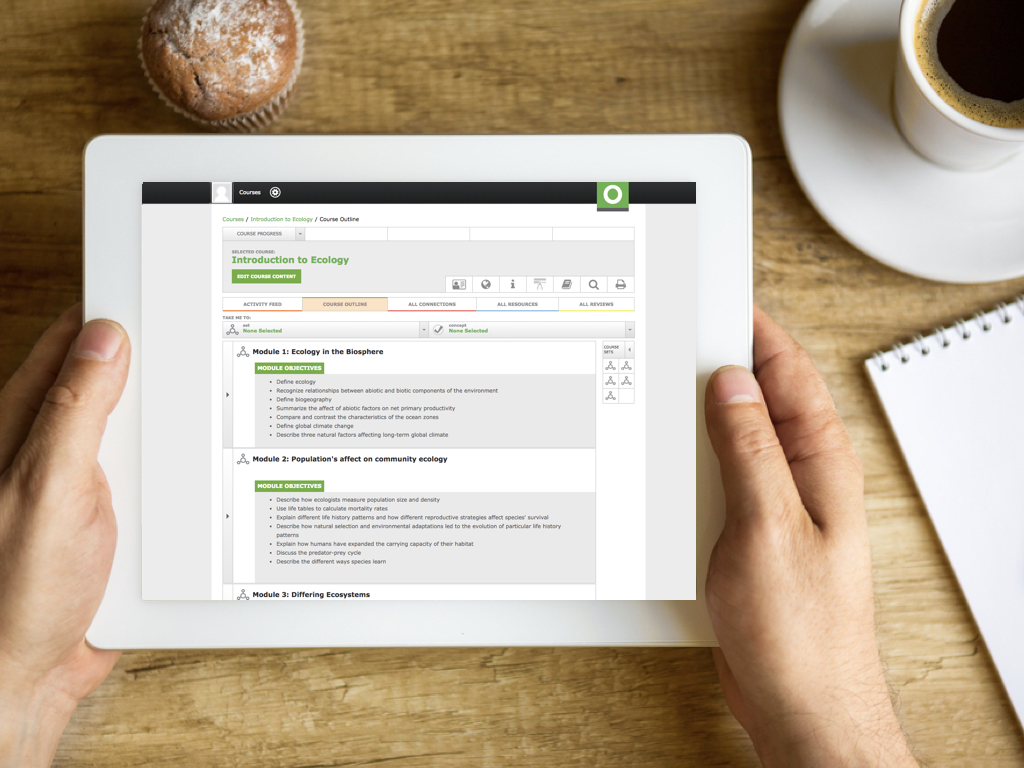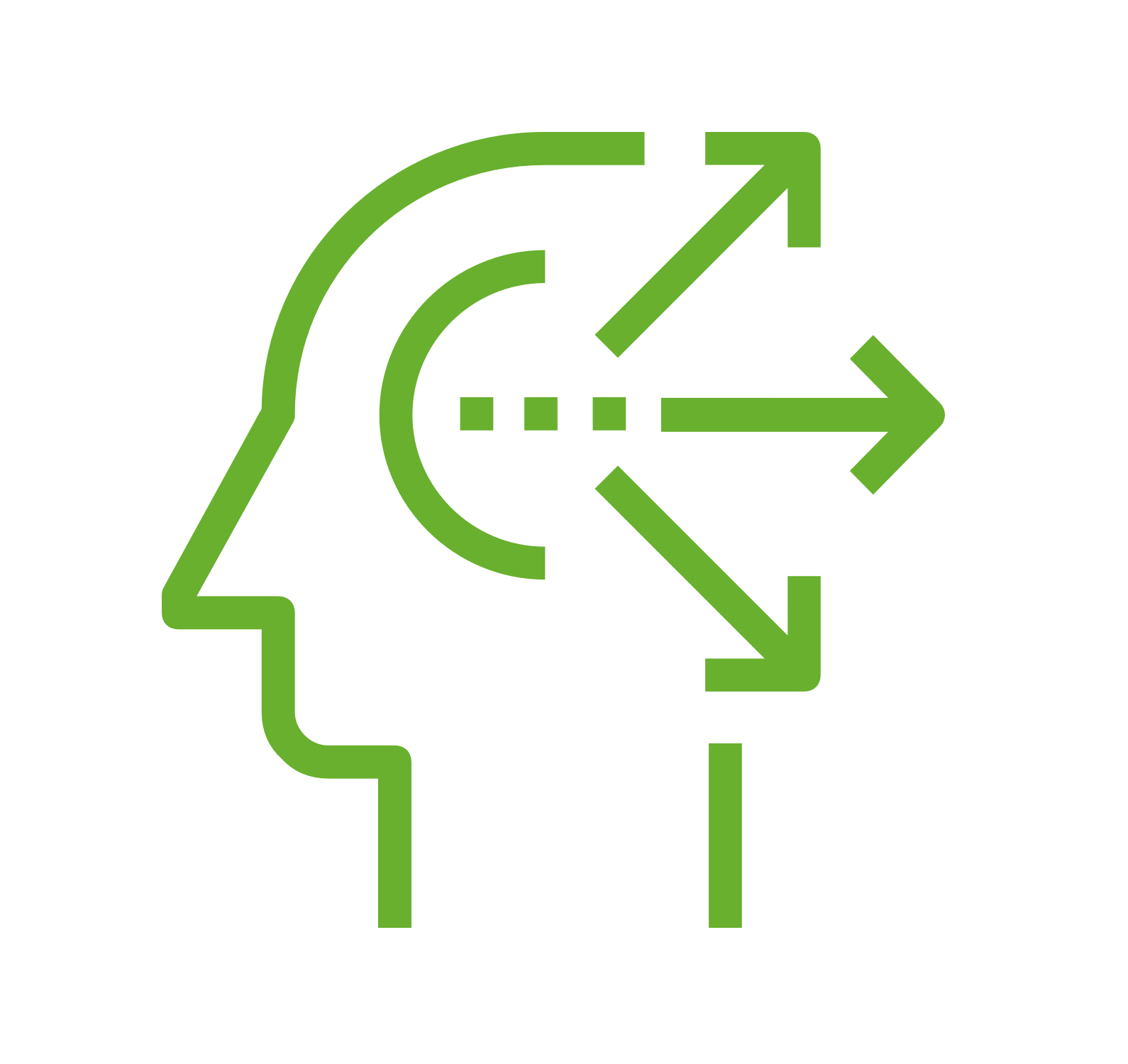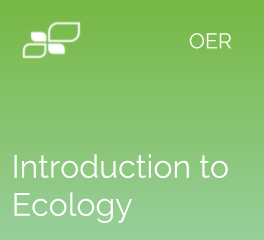
Introduction to Ecology
The comprehensive contents from this book, combined with Odigia’s Teaching and Learning Tools have everything you need to engage, collaborate, track and assess your students.
This course includes:

57
practice questions

25
engagement activities
Helping Teachers Do What They Do Best: Teach

Customize
Use our courses as is or easily customize them to fit your teaching style and the needs of your students. You can add your favorite resources, hide and show our existing content and pre-built assessments, or make them your own. Everything your students need, in one place!

Engage and Collaborate
Odigia combines learning materials, discussions, and tools to create a familiar social experience for students allowing you to easily connect and redirect students attention.

Track
See how much time students are spending on different areas of the course, which areas are creating the most amount of engagement and identify topics the students are struggling with. Flag and provide feedback on assignments to proactively meet individual students' needs.

Assess
Game theory allows students to monitor their progress visually and motivates them to stay on track. Students can see exactly what activities they need to complete, which ones have been flagged and compare their progress against the overall class.
Introduction to Ecology Course Outline
Concepts Covered: Concepts Covered: Concepts Covered: Concepts Covered:Module 1: Ecology in the Biosphere
Module 2: Population's affect on community ecology
Module 3: Differing Ecosystems
Module 4: Conservation Biology and Biodiversity
Ecology is the study of the interactions of living organisms with their environment. One core goal of ecology is to understand the distribution and abundance of living things in the physical environment. Attainment of this goal requires the integration of scientific disciplines inside and outside of biology. This is a modification of OpenStax Biology.
About the authors:
Senior Contributing Authors
Connie Rye, East Mississippi Community College
Robert Wise, University of Wisconsin, Oshkosh
Vladimir Jurukovski, Suffolk County Community College
Jean DeSaix, University of North Carolina at Chapel Hill
Jung Choi, Georgia Institute of Technology
Yael Avissar, Rhode Island College
Contributing Authors
Shobhana Natarajan, Brookhaven College
Andrea Hazard, SUNY Cortland
Norman Johnson, University of Massachusetts – Amherst
Sangha Saha, City College of Chicago
Graciela Brelles-Marino, California State University Pomona
Lisa Bonneau, Metropolitan Community College – Blue River
Summer Allen, Brown University
Allison van de Meene, University of Melbourne
Myriam Feldman, Lake Washington Institute of Technology
Bob Sullivan, Marist College
Linda Flora, Delaware County Community College

